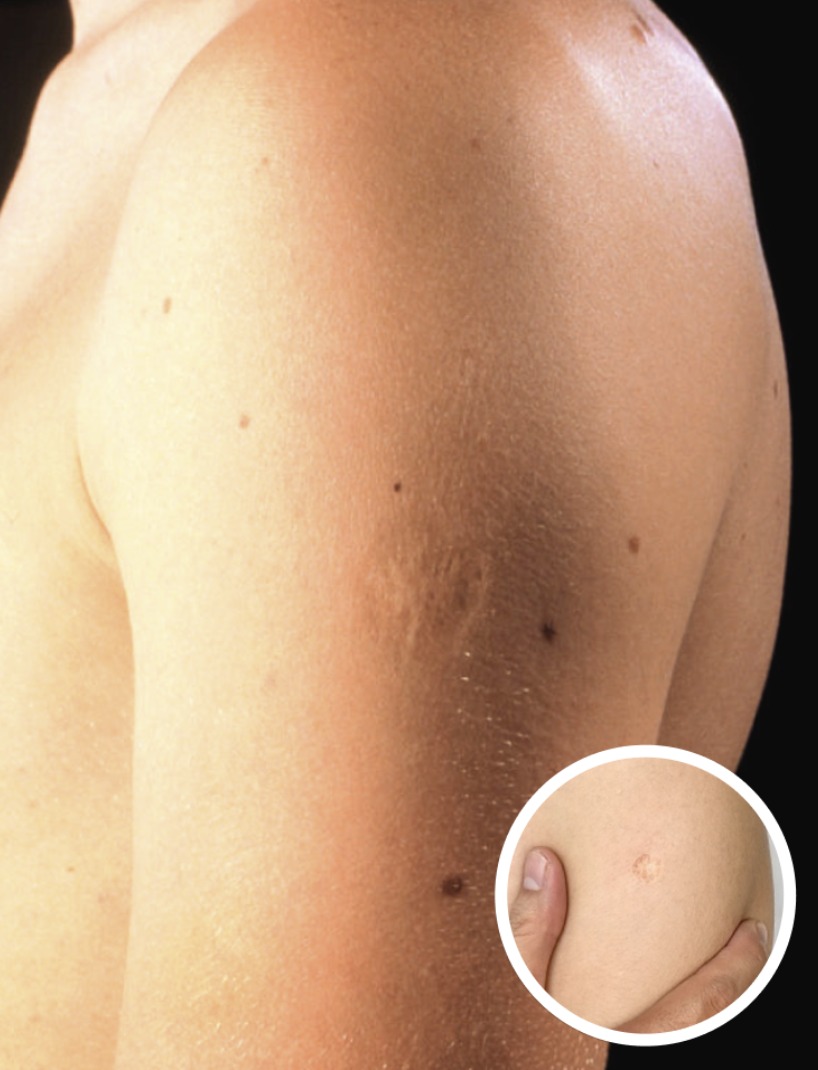Here’s The Truth Behind This Scar On People’s Upper Left Arm
Smallpox once ranked among history’s deadliest diseases, causing severe fever and a distinctive skin rash. By the early 20th century, the virus killed 3 out of every 10 infected people, leaving survivors permanently scarred—often on their faces.
The variola virus caused this highly contagious disease. Scientists developed a revolutionary vaccine using vaccinia, a live virus related to variola but incapable of causing smallpox. The vaccine trained the immune system to produce antibodies that could fight off the deadly infection.
**A Historic Victory**
This medical breakthrough led to smallpox being declared eradicated in the early 1950s—so completely that routine vaccinations in the United States ended in 1972. Today, only those in high-risk environments, like laboratories handling the virus, receive the vaccine.
**The Distinctive Scar**
The smallpox vaccine left a unique mark at the injection site—typically a small, round indentation smaller than a pencil eraser. Some people developed larger, raised scars due to stronger immune responses during healing.
Unlike modern thin-needle injections, the smallpox vaccine used a bifurcated needle with two prongs. Healthcare providers dipped this tool into the vaccine solution and repeatedly jabbed it into the skin, usually on the upper left arm. This technique caused noticeable injury, prompting scar tissue formation as the body healed.
The live virus triggered a powerful immune reaction. The injection site would scab over, becoming itchy and sore before eventually falling off and leaving a pockmark-like scar.
**Side Effects and Legacy**
While the vaccine saved countless lives, some recipients experienced mild flu-like symptoms—fever, soreness, and swollen lymph nodes. Rarely, severe complications like allergic reactions or brain inflammation occurred.
Today, these scars are largely historical artifacts. Those wishing to reduce their appearance can use sunscreen, softening ointments, or professional treatments like dermabrasion.
The smallpox vaccine scar remains a testament to humanity’s triumph over one of history’s deadliest diseases—a permanent reminder of vaccination’s life-saving power.






Post Comment